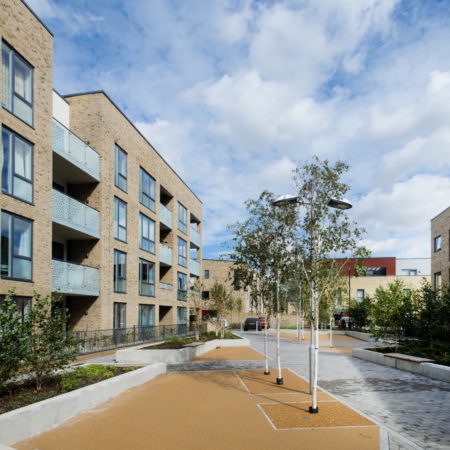Retrofit or Rebuild – How to Decide
When redeveloping a site occupied by obsolete buildings, the decision-making process about whether to rebuild used to be largely about cost and convenience. Now we have to add a third ‘c’ into the mix; carbon.
Buildings outlive their usefulness for all sorts of reasons. Economic changes, fashion or rising costs of the energy needed to heat or cool the building – a combination of these factors could prompt the need for redevelopment.
Historically, the default decision tended to be to demolish and rebuild. This was often seen as the only viable way to end up with buildings that met the needs of users and complied with current building regulations.
Awareness of climate change and the drive for net zero are resulting in a rethink for many projects. These factors operate alongside the development of better energy-efficiency retrofit technologies, which make upgrading the performance of existing buildings a more viable option.
This balance is reflected in the parliamentary Environmental Audit Committee recently calling for whole life carbon accounting, more retrofits and fewer demolitions.
Balancing Operational and Embodied Carbon
Factoring carbon emissions into the equation isn’t straightforward. For operational carbon, do you take today’s figure, or try to predict how far the UK will have progressed towards decarbonising the grid in ten or twenty years’ time?
Embodied carbon is (or should be) the other key consideration. When you demolish an existing building you, in effect, waste all of the carbon emissions that went into creating it in the first place. For good measure, you also generate a whole new load of carbon emissions through the demolition, disposal and rebuilding process.
Low Carbon Solutions
Perhaps we’re not yet at this level of sophisticated carbon accounting. As a result, many buildings are earmarked for demolition and redevelopment that ought to be retrofitted if we want to make carbon reduction the priority. Government policy and discrepancies in VAT rules between upgrades and new builds are another complication.
Osborne embraced the idea several years ago that the future of the built environment had to be a low carbon one. That’s one of the many reasons we founded our own offsite construction business.
We also have extensive experience in low carbon retrofits for existing buildings, particularly in the social housing sector.
Whether or not an existing building can be brought up to net zero standards, Osborne has the expertise to advise on and deliver the lowest carbon redevelopment solution.
For more information about Osborne’s low carbon construction solutions contact Richard King ([email protected]) or visit our resource centre.

